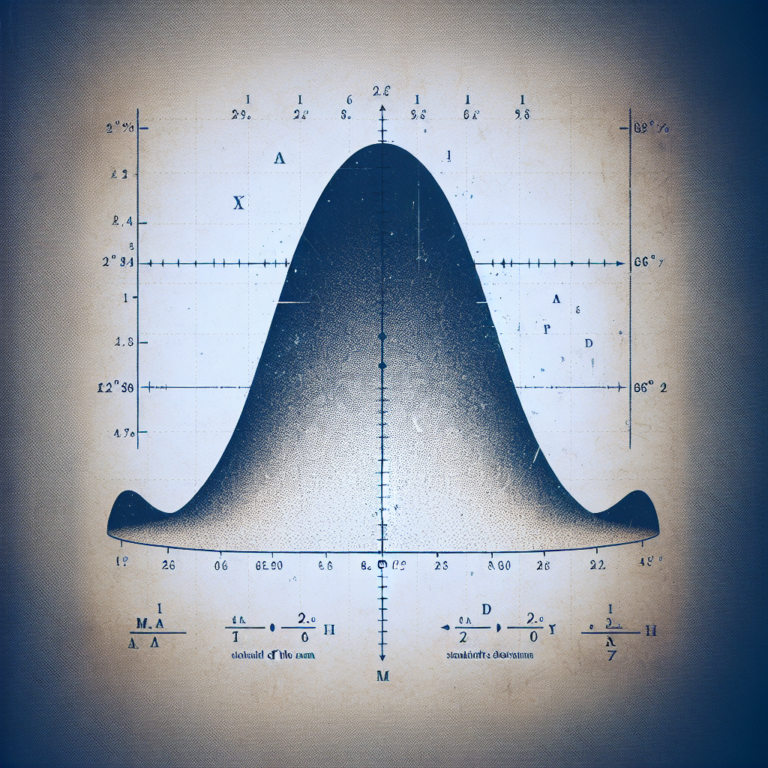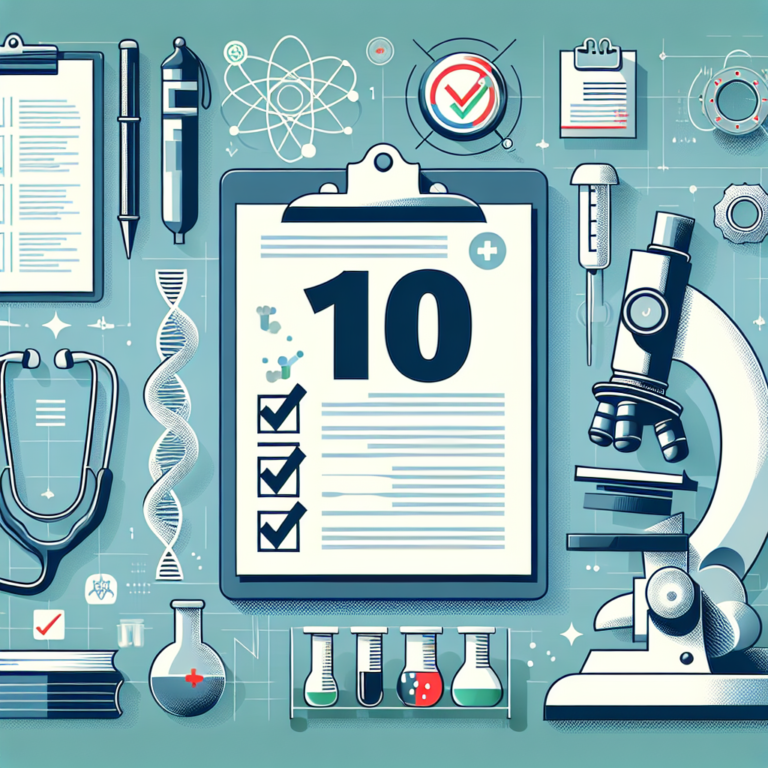Are you a medical doctor looking to make sense of statistical terms in your research? Look no further than StatisMed, your go-to source for statistical analysis services. In this beginner’s guide, we will break down complex statistical terms into easy-to-understand concepts that will help you navigate the world of medical research with confidence.
Table of Contents
Key Statistical Terms Explained
Population
In statistics, a population refers to the entire group of individuals or items that a researcher is interested in studying. This could be all the patients with a specific medical condition, for example.
Sample
A sample is a subset of the population that is selected for a research study. It is important for the sample to be representative of the population to ensure the results can be generalized.
Mean
The mean, often referred to as the average, is the sum of all values in a dataset divided by the total number of values. It is a measure of central tendency.
Standard Deviation
The standard deviation is a measure of the dispersion or spread of values in a dataset. It helps to understand how much the values deviate from the mean.
Confidence Interval
A confidence interval is a range of values that is likely to contain the true value of a parameter. It provides a measure of the precision of an estimate.
Hypothesis Testing
Hypothesis testing is a statistical method used to make decisions about a population based on sample data. It involves setting up a null hypothesis and an alternative hypothesis.
P-Value
The p-value is the probability of observing a test statistic as extreme as the one calculated, assuming the null hypothesis is true. It is used to determine the statistical significance of results.
Regression Analysis
Regression analysis is a statistical technique used to examine the relationship between a dependent variable and one or more independent variables. It helps to make predictions based on the data.
Statistical Power
Statistical power is the probability of correctly rejecting a false null hypothesis. It is influenced by factors such as sample size, effect size, and alpha level.
Type I Error and Type II Error
A Type I error occurs when a true null hypothesis is rejected, while a Type II error occurs when a false null hypothesis is not rejected. It is important to control for these errors in hypothesis testing.
Conclusion
In conclusion, understanding statistical terms is essential for medical doctors conducting research. By familiarizing yourself with key concepts such as population, sample, mean, standard deviation, and hypothesis testing, you can make informed decisions based on data analysis. StatisMed is here to support you in your statistical analysis needs. Contact us today to learn more about our services and request a quote.
[ad_2]




